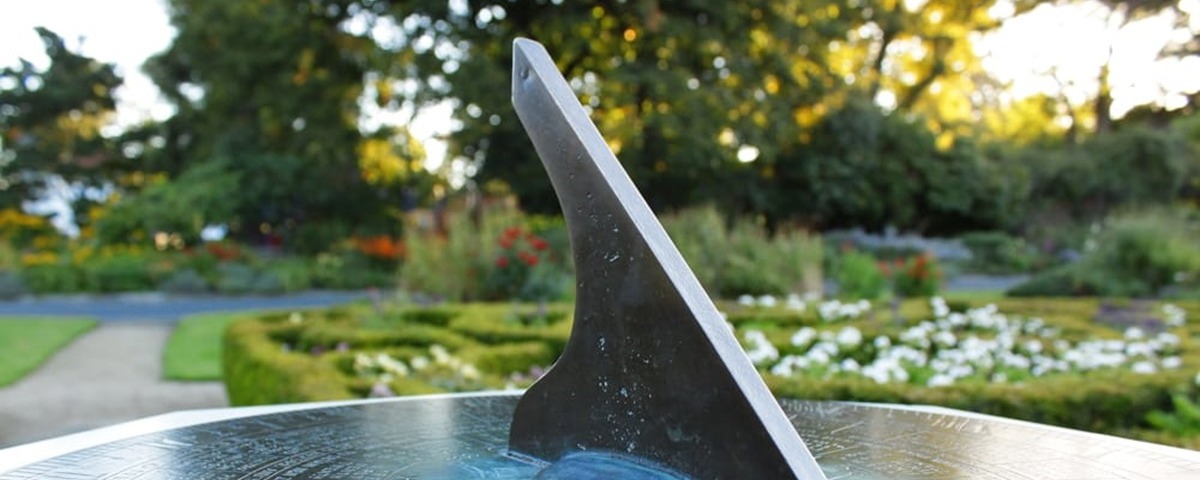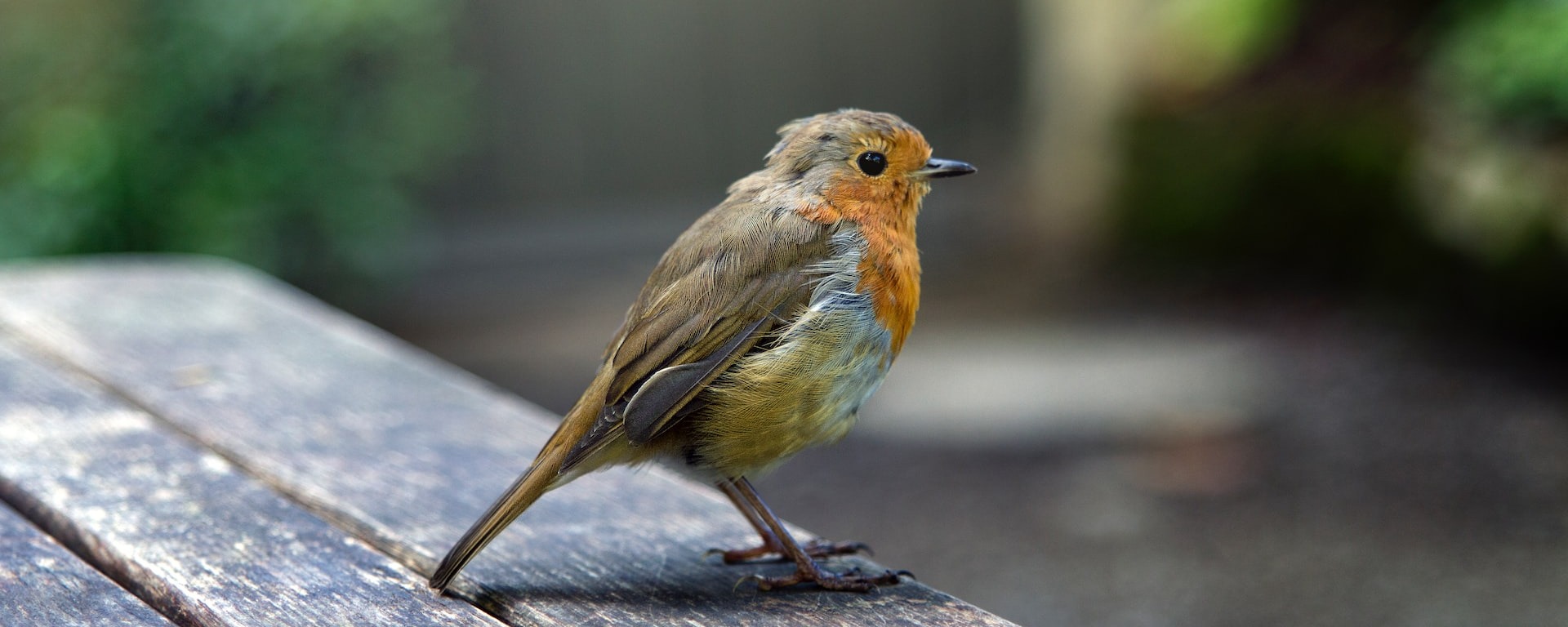
When searching for a new home, you’ll need to consider the direction it faces and the garden’s aspect. Many people prefer south-facing gardens, but what are their benefits? Our guide explores the advantages of a south-facing house and garden to help you make an informed decision.
Key Takeaways
- More Sunshine: South-facing houses and gardens receive the most sunlight during the day due to their orientation. If you enjoy natural light or outdoor entertaining, this aspect is essential.
- Better Plant Growth: Green thumbs rejoice! South-facing gardens are ideal for growing a wide range of plants and flowers. However, keep in mind that the soil may be drier, requiring additional watering.
- Other Orientations: Don’t worry if your house or garden isn’t south-facing. North-facing gardens are shady but consistent in temperature, while east-facing gardens get morning sun, and west-facing gardens enjoy afternoon and evening sunshine.
- Considerations: Factors like obstructions (houses or trees) and views can influence your choice. Do a drive-by of your new house at different times of day to assess sunlight exposure.
How to tell if a garden is south-facing
To tell if a garden is south-facing, stand towards the rear, take out a compass (or use a compass app on your phone) and check that it points south. You can also use Google Maps to find out which direction the garden faces.
What are the benefits of a south-facing garden?
South-facing gardens offer a wide range of benefits, making them highly sought-after. Explore the top advantages below.
You’ll receive more sunshine with a south-facing garden
South-facing gardens receive lots of sunlight and very little shade. As the sun rises in the east and sets in the west, the south side of any house will see the most hours of sunlight during the day. They also provide great conditions for drying washing, and you may benefit from a cleaner patio, as sunshine dries moisture fast.
If you enjoy hosting summer barbecues and spending time outside, a south-facing garden might be ideal.
You can grow more plants in a south-facing garden
South-facing gardens are perfect for green-fingered gardeners, allowing them to grow a range of plants and flowers that love the sun. These include:
• Irises
• Tulips
• Petunias
• Sweet peas
• Rhubarb
• Tomatoes
• Courgettes
• Pumpkins
Keep in mind that these gardens may require more watering, as the sun can dry out the soil. Stay on top of this for a happy, healthy garden!
What about north, east and west-facing gardens?
If your new house or garden isn’t south-facing, all is not lost. Discover the advantages of other garden orientations below.
Advantages of north-facing gardens, east-facing gardens and west-facing gardens
• North-facing gardens: Although north-facing gardens are usually shady, temperatures will be more consistent, and you’ll receive reliable evening sun from May to October. Plus, rooms at the rear of your home will generally stay cool during summer. You can still grow plenty of plants in a north-facing garden, including begonias, hydrangeas and fuchsias.
• East-facing gardens: East-facing gardens are sunnier in the morning. If you’re more inclined to eat breakfast al fresco than sit outside after work, these gardens could be ideal for you. They’re also easy to maintain during dry seasons, as they are less likely to receive sun damage.
• West-facing gardens: West-facing gardens receive a good amount of sun during the afternoon and evening, making them perfect for relaxing later on in the day. You can also enjoy lots of natural light in your house during the afternoon and evening.
What else should you consider with south-facing gardens?
Although south-facing houses and gardens are usually desirable, you’ll also need to know how to manage your garden properly.
If houses or trees obscure the sun, you might not see the benefits of a southerly orientation, as your garden will be shady regardless. Likewise, if the view is better from your house or garden when facing north, west, or easterly, the advantages of a different orientation can outweigh the benefits of the additional sunlight. If in doubt, drive by your new house at other times of the day so you can see which areas are sunny and which are shady throughout the day.
South-facing homes and gardens can be subject to sun damage. The sun can bleach paintwork and outdoor furniture, which may require additional maintenance. You’ll also likely need a sunshade in your garden, as consistent sunshine can be overwhelming during summer.
Which garden aspect is best for you?
Each garden aspect has advantages and disadvantages, so it’s worth weighing these up and deciding what’s most important to you when finding a new home. If you enjoy hosting regularly in summer, a house with a south-facing garden could be most suitable.
Ready to find your new home? Explore our brand-new, energy-efficient properties across the UK, perfect for all homebuyers. Discover our fantastic offers to help you move, including Deposit Boost, Deposit Unlock and Parent Power.
Contact our Sales Advisers today to get started.

